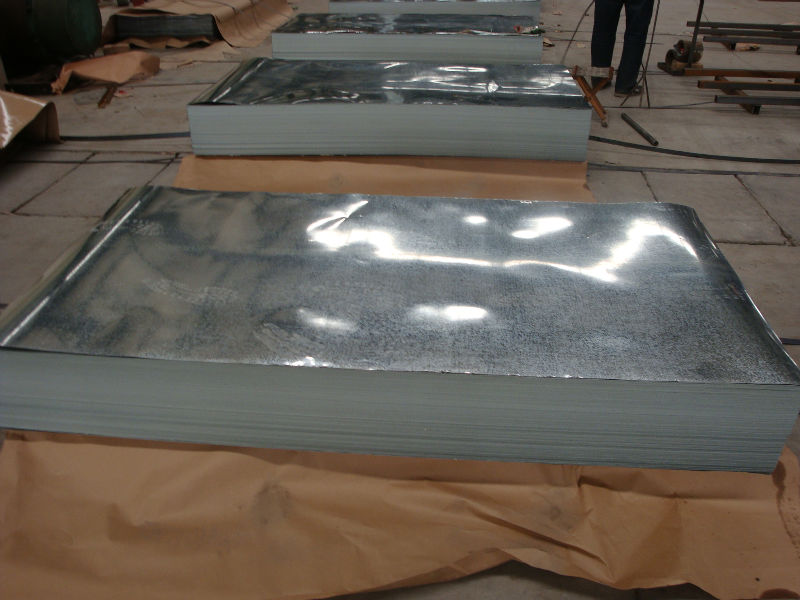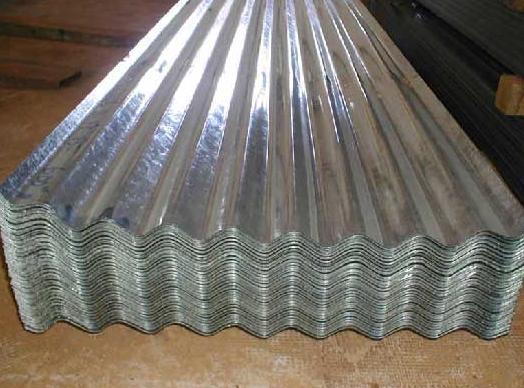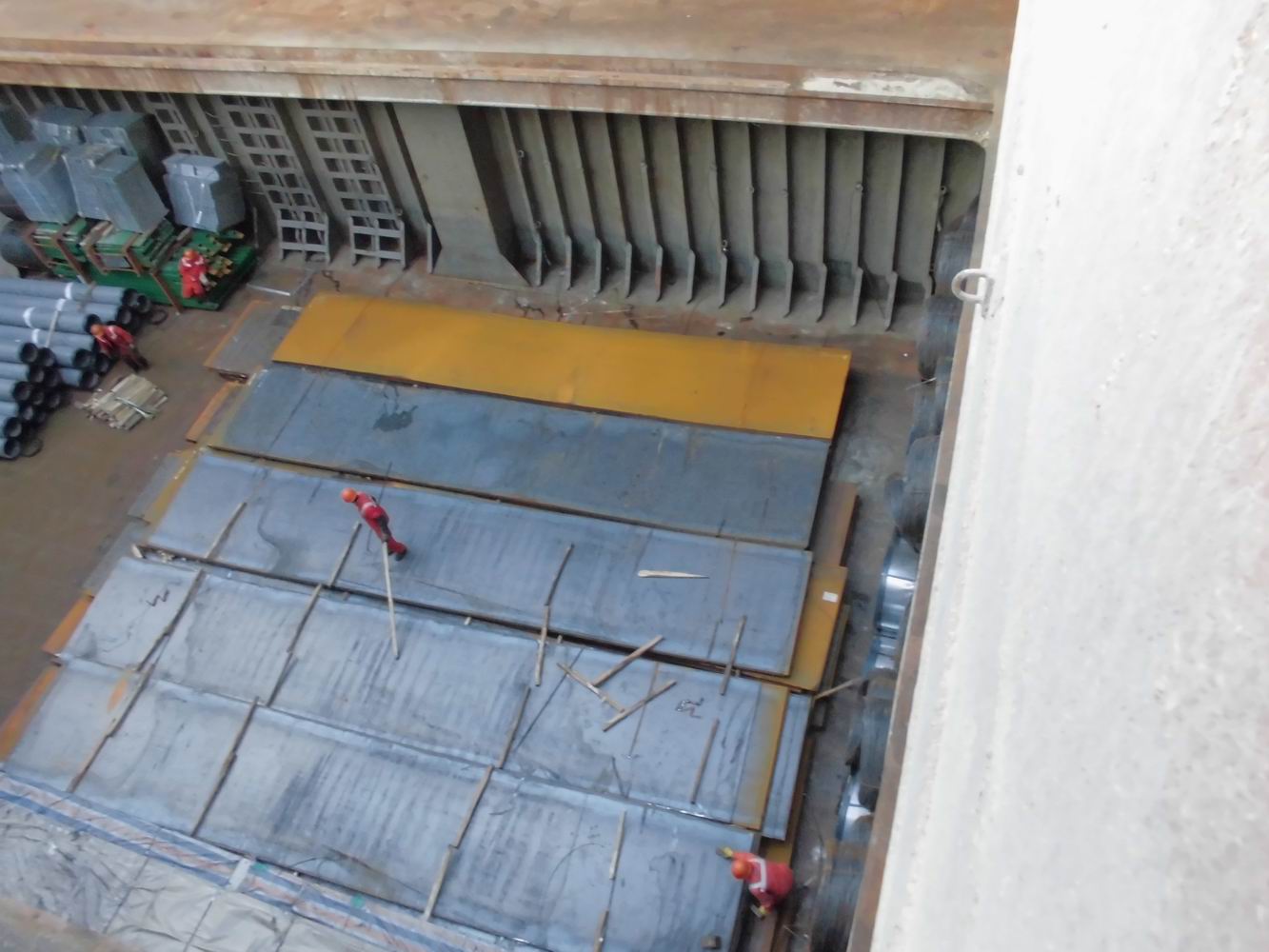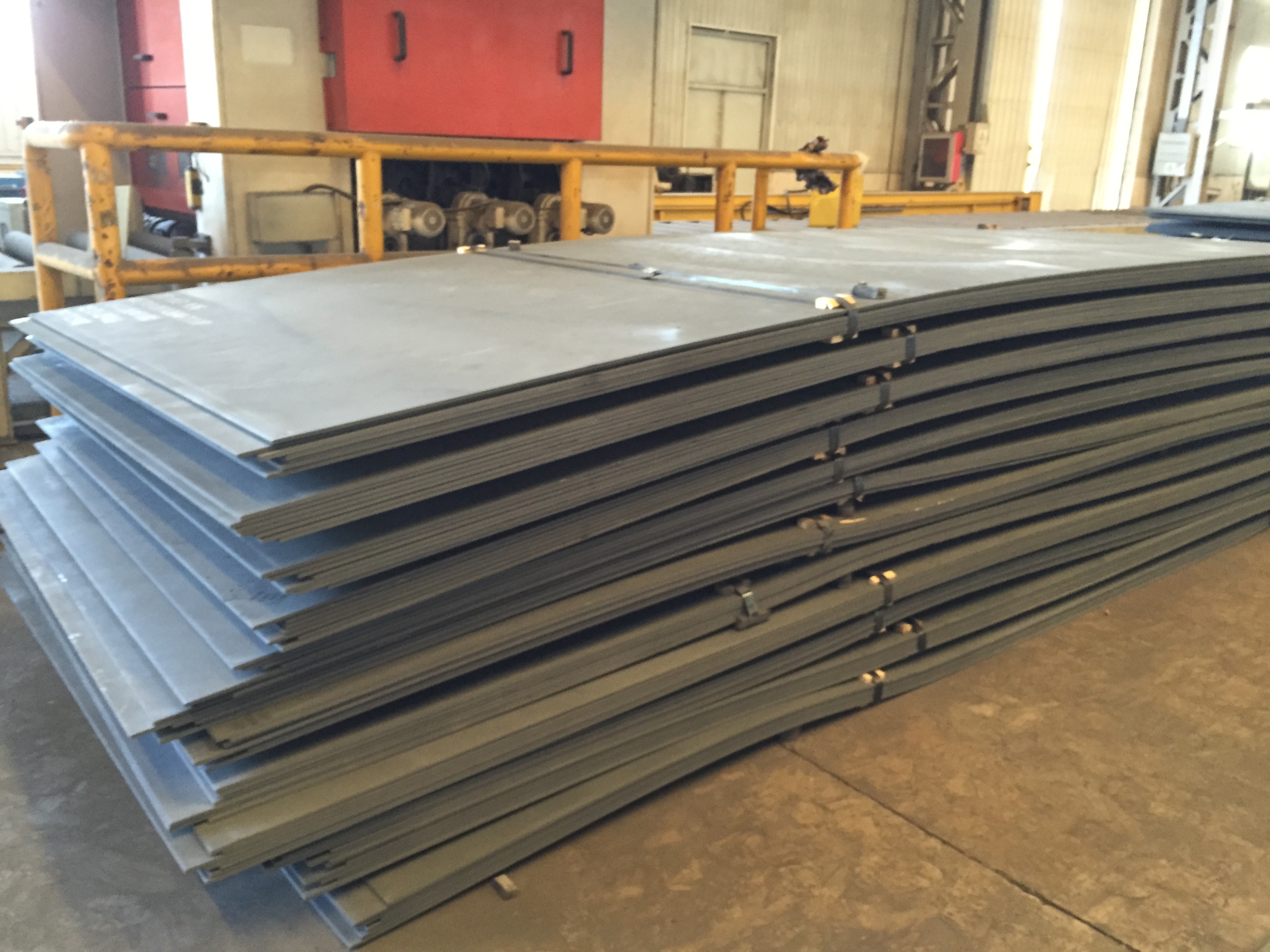
Industrial conveyor systems handle heavy materials and operate continuously, often in environments with dust, moisture, or chemical exposure.

Modular construction has become increasingly popular due to its efficiency, precision, and reduced on-site labor requirements.

Large construction projects such as stadiums, airports, and industrial complexes require extremely strong foundations.

Ship hulls must withstand heavy waves, high impact forces, and long-term exposure to seawater.

The frames of heavy construction machinery, such as excavators, bulldozers, and large loaders, require materials that can withstand constant shocks, bending forces, and impacts.

Industrial pressure vessels operate under high pressure and temperature, requiring materials with exceptional strength and stability.

Mining machinery operates under some of the harshest working conditions, including abrasion, impact, and extreme pressure.

Bridge decks require materials that can handle continuous vibration, heavy traffic loads, and environmental stress.

In the field of heavy industry, such as mining, shipbuilding, and mechanical engineering, thick steel plates are indispensable materials.

Wind turbine towers must endure enormous mechanical stress from wind loads and rotational forces.

Rail transport infrastructure, including tracks and stations, requires materials that can handle immense loads and dynamic forces.

Offshore structures face constant exposure to harsh marine environments, requiring materials that can withstand corrosion and extreme weather

Thick steel plates are crucial in constructing earthquake-resistant structures

Power plants require high-strength materials to withstand extreme conditions such as high pressure, temperature, and chemical exposure.

Heavy-duty vehicles, such as trucks and construction machinery, require strong materials that can withstand harsh working conditions.

Industrial buildings require materials that can bear heavy loads and provide long-term stability.

Heavy equipment used in industries such as mining and construction demands materials that can withstand continuous wear.

High-rise buildings rely on materials that combine strength and durability.

ASTM A36 and ASTM A572 are two of the most commonly used carbon steel plate grades in construction and engineering.

Q345R is a widely used steel grade in the production of boilers and pressure vessels.

Offshore platforms need steel that can withstand extreme environmental conditions, including saltwater exposure and high winds. EH36 steel plates are specifically designed for the demanding conditions of offshore structures, including oil rigs and floatin

S355J2 is a high-strength structural steel commonly used in the construction of bridges. Known for its toughness, durability, and weldability, S355J2 is a reliable choice for building long-lasting and safe bridges.

Structural steel plates form the backbone of heavy engineering projects. Among the most commonly used grades in Europe are S355J2 and S275JR.

The shipbuilding industry relies heavily on thick steel plates to ensure safety and performance at sea.

ASTM A516 Grade 70 steel plates are widely used in the fabrication of pressure vessels and boilers
 Contact us
Contact us
 Products
Products News
News You are here : BEBON STEEL - News
You are here : BEBON STEEL - News Industrial conveyor systems handle heavy materials and operate continuously, often in environments with dust, moisture, or chemical exposure.
Industrial conveyor systems handle heavy materials and operate continuously, often in environments with dust, moisture, or chemical exposure. Modular construction has become increasingly popular due to its efficiency, precision, and reduced on-site labor requirements.
Modular construction has become increasingly popular due to its efficiency, precision, and reduced on-site labor requirements. Large construction projects such as stadiums, airports, and industrial complexes require extremely strong foundations.
Large construction projects such as stadiums, airports, and industrial complexes require extremely strong foundations. Ship hulls must withstand heavy waves, high impact forces, and long-term exposure to seawater.
Ship hulls must withstand heavy waves, high impact forces, and long-term exposure to seawater. The frames of heavy construction machinery, such as excavators, bulldozers, and large loaders, require materials that can withstand constant shocks, bending forces, and impacts.
The frames of heavy construction machinery, such as excavators, bulldozers, and large loaders, require materials that can withstand constant shocks, bending forces, and impacts. Industrial pressure vessels operate under high pressure and temperature, requiring materials with exceptional strength and stability.
Industrial pressure vessels operate under high pressure and temperature, requiring materials with exceptional strength and stability. Mining machinery operates under some of the harshest working conditions, including abrasion, impact, and extreme pressure.
Mining machinery operates under some of the harshest working conditions, including abrasion, impact, and extreme pressure. Bridge decks require materials that can handle continuous vibration, heavy traffic loads, and environmental stress.
Bridge decks require materials that can handle continuous vibration, heavy traffic loads, and environmental stress. In the field of heavy industry, such as mining, shipbuilding, and mechanical engineering, thick steel plates are indispensable materials.
In the field of heavy industry, such as mining, shipbuilding, and mechanical engineering, thick steel plates are indispensable materials. Wind turbine towers must endure enormous mechanical stress from wind loads and rotational forces.
Wind turbine towers must endure enormous mechanical stress from wind loads and rotational forces. Rail transport infrastructure, including tracks and stations, requires materials that can handle immense loads and dynamic forces.
Rail transport infrastructure, including tracks and stations, requires materials that can handle immense loads and dynamic forces. Offshore structures face constant exposure to harsh marine environments, requiring materials that can withstand corrosion and extreme weather
Offshore structures face constant exposure to harsh marine environments, requiring materials that can withstand corrosion and extreme weather Thick steel plates are crucial in constructing earthquake-resistant structures
Thick steel plates are crucial in constructing earthquake-resistant structures Power plants require high-strength materials to withstand extreme conditions such as high pressure, temperature, and chemical exposure.
Power plants require high-strength materials to withstand extreme conditions such as high pressure, temperature, and chemical exposure. Heavy-duty vehicles, such as trucks and construction machinery, require strong materials that can withstand harsh working conditions.
Heavy-duty vehicles, such as trucks and construction machinery, require strong materials that can withstand harsh working conditions. Industrial buildings require materials that can bear heavy loads and provide long-term stability.
Industrial buildings require materials that can bear heavy loads and provide long-term stability. Heavy equipment used in industries such as mining and construction demands materials that can withstand continuous wear.
Heavy equipment used in industries such as mining and construction demands materials that can withstand continuous wear. High-rise buildings rely on materials that combine strength and durability.
High-rise buildings rely on materials that combine strength and durability. ASTM A36 and ASTM A572 are two of the most commonly used carbon steel plate grades in construction and engineering.
ASTM A36 and ASTM A572 are two of the most commonly used carbon steel plate grades in construction and engineering. Q345R is a widely used steel grade in the production of boilers and pressure vessels.
Q345R is a widely used steel grade in the production of boilers and pressure vessels. Offshore platforms need steel that can withstand extreme environmental conditions, including saltwater exposure and high winds. EH36 steel plates are specifically designed for the demanding conditions of offshore structures, including oil rigs and floatin
Offshore platforms need steel that can withstand extreme environmental conditions, including saltwater exposure and high winds. EH36 steel plates are specifically designed for the demanding conditions of offshore structures, including oil rigs and floatin S355J2 is a high-strength structural steel commonly used in the construction of bridges. Known for its toughness, durability, and weldability, S355J2 is a reliable choice for building long-lasting and safe bridges.
S355J2 is a high-strength structural steel commonly used in the construction of bridges. Known for its toughness, durability, and weldability, S355J2 is a reliable choice for building long-lasting and safe bridges. Structural steel plates form the backbone of heavy engineering projects. Among the most commonly used grades in Europe are S355J2 and S275JR.
Structural steel plates form the backbone of heavy engineering projects. Among the most commonly used grades in Europe are S355J2 and S275JR. The shipbuilding industry relies heavily on thick steel plates to ensure safety and performance at sea.
The shipbuilding industry relies heavily on thick steel plates to ensure safety and performance at sea. ASTM A516 Grade 70 steel plates are widely used in the fabrication of pressure vessels and boilers
ASTM A516 Grade 70 steel plates are widely used in the fabrication of pressure vessels and boilers

